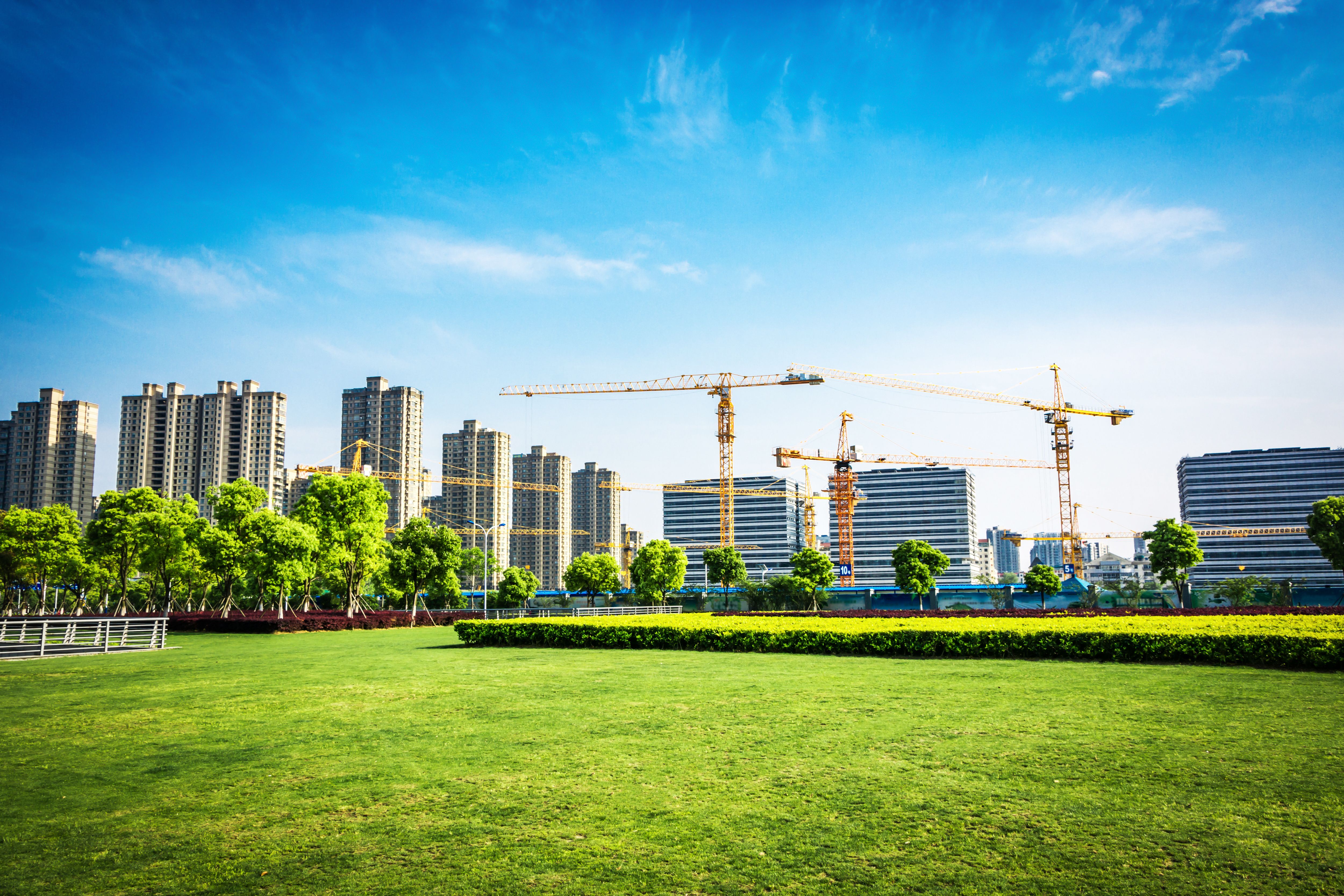Is Shimla the Best Hill Station to Buy Property in 2025?
17 Jul 2025
The snow-topped Shimla mountains have drawn tourists for generations. Yet, under its scenic backdrop is a rich investment opportunity that's silently outperforming some of the larger city markets.
Based on recent figures, property prices in Shimla have increased by 11.72% year-on-year. That’s a dramatic rise for a tier-2 city. As heritage tourism keeps rising and tight development controls induce shortages, Shimla is becoming a serious contender for long-term investors. However, it's not smooth sailing all the way. Hill station land has many seasonal trends and its own rules and legal challenges for investment. Here in this blog, we will break down all the factors you need to consider to decide whether you should buy land in Shimla.
Why Invest in Shimla?
Shimla continues to top the charts as Himachal Pradesh’s most visited destination. Even last year, Shimla maintained its dominance with the highest figure of 27,034 foreign visitors. That creates a strong base for the real estate sector.
Yet, the geography does not allow for large-scale development. As of now, the identified green belts in the Shimla Planning Area cover an area of 414 hectares. 78% of this area is either forests or open spaces. Such a land scarcity acts as a natural safety cushion against market crashes.
Price Trends in Shimla
Shimla's property market has been registering steady growth over the years. In the last year alone, premium areas like New Shimla saw prices jump by nearly 12%, while the district average soared over 20%.
The average prices around surrounding areas like Bharari could be as high as ₹8,500 per sq ft. Yet when it comes to Chotta Shimla, you could buy land in the hill station at just ₹5,106 per sq ft.
Even when the tourist season slows down, investor interest doesn’t fade. Many see Shimla as the best hill station to buy property for long-term growth and stable returns. Impact of Seasonal Tourism
Shimla’s tourism peaks twice a year
- May-June: Tourists consider the place a ‘summer escape’. Most visitors arrive during this season.
- December-January: Some people visit the hill station during the winter months to enjoy the snow and the visual beauty.
The influx of tourists during these peak periods greatly favours landowners who have invested in vacation rentals and homestays. Statistics show that short-term rentals in Shimla have an average daily rate as high as $78 (₹6,700 approx.).
On the other hand, the monsoon season (July to September) is off-season with excessive rainfall and possible landslides. There will be a sudden drop in tourist visitations and rent collection.
To balance off-season fluctuations, many investors:
- Consider long-term leasing to students, as Shimla has over 79 colleges.
- Off-season promotional campaigns with attractive discount rates.
Long-Term Appreciation Factors
Buying land in Shimla offers steady long-term growth for many reasons:
- The Shimla Municipal Corporation is attempting to get UNESCO grants to develop a global heritage property status. Such a status can boost the city's international image and bring in more visitors. That could normally increase the land prices.
- The Chandigarh-Shimla Expressway, currently under construction and a 120 km four-lane project with 11 tunnels, will decrease the distance between Shimla and Chandigarh by 19 km. This makes Shimla more accessible and increases the number of visitors.
- The hilly nature of Shimla and stringent environmental laws place a cap on land availability for development. That keeps the price of land stable and less prone to market fluctuations.
Challenges of Land Investment in Shimla
Here are some real hurdles that you need to keep in mind before deciding on where to invest money:
- Land in Shimla is quite expensive, particularly in main locations. The price is expected to rise even further due to land constraints.
- Foreigners looking to invest often ask, can foreigners buy property in Shimla, India? Well, non-residents are restricted from buying land in Shimla under Section 118 of the Himachal Pradesh Tenancy and Land Reforms Act. Foreigners can only purchase ready-made properties in urban areas, and even then, ownership of the land remains with a Himachal resident. Buying land for construction involves special permits.
- Shimla is getting more prone to natural disasters like landslides. 91 people died between 2016 and 2024 in the area due to natural disasters.
Sustainability and Future Development
The ₹2,500 crore Smart City Mission plans to upgrade the roads and infrastructure of Shimla. The planned Shimla metro could also improve connectivity.
At the same time, eco-housing regulations are getting increasingly stringent. That means environmentally compliant properties may appreciate faster.
So, the facts point out clearly. Buying land in Shimla is a defensive investment class with returns that outpace inflation. In contrast to fluctuating equity markets, Shimla's scarce supply of land translates into a hard asset hedge against economic risks.
Of course, questions like 'Can I buy property in Shimla? ' come up often - and rightly so! The regulations here are slightly different, but once you get past them correctly, you'll understand why so many people still pursue the dream of having land in the Queen of Hills.
